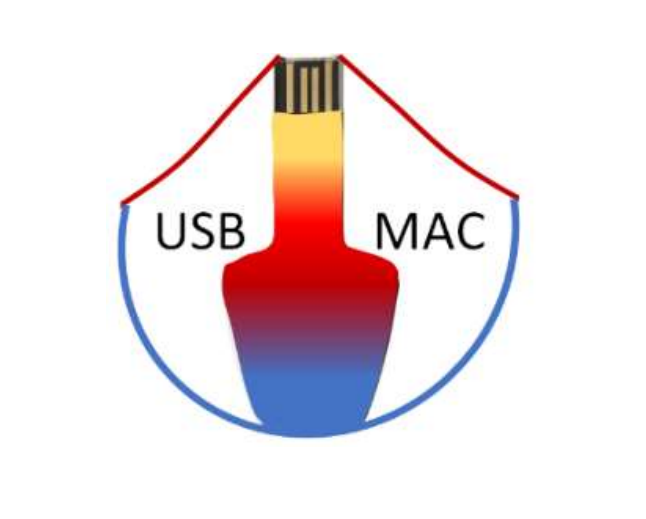USB-MAC: Understanding Sulphur Behaviour in MAgmas to model Chemical reactivity of silicate melts
Sulphur, the most abundant volatile elements in terrestrial magmas after H2O and CO2, is a key element to understand the impact on atmosphere during large eruptions, when enormous amounts are released in the form of H2S and particularly SO2. These two gases are important tools for volcanic forecasting, especially in combination with CO2 and H2O and represent the most relevant, but not the only ones, gaseous forms that sulphur may take. Therefore, understanding the laws that sulphur follows in melts and that determine its solubility, speciation and then redox state, means understanding silicate melts and their reactive properties, particularly mixing properties (the Gibbs energy of mixing) and how these vary with bulk composition (including fluid phase composition), pressure and temperature.

Start: 01/10/2022 - End: 30/10/2026
National partnership
Coordinators : Daniel Neuville, Ioana Nuta, Etienne Medard
Host institutions :
IPGP, LMV-UCA, and SIMAP
Partner institutions :
LMV-UCA, IPGP, SIMaP
Related teams :
Geomaterials





